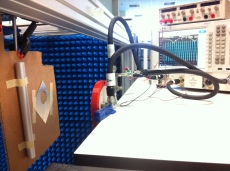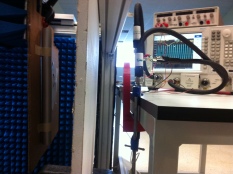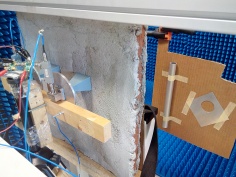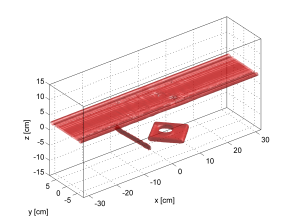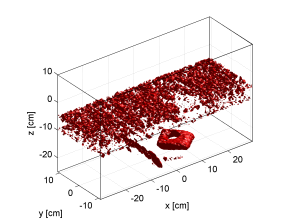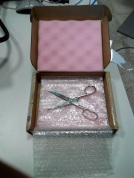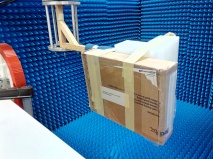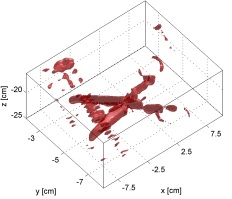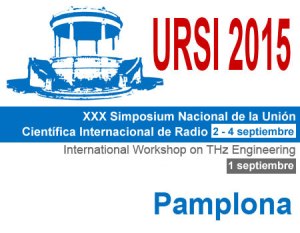As it has been previously detailed in past entries, one of the goals of our project is to develop techniques to enable an electromagnetic scanner based on amplitude-only information (i.e., acquiring only the power of the signals). Nevertheless, it is also relevant these techniques are not only useful for electromagnetic imaging. In fact, there is great interest on these techniques in the antenna measurements area.
The accurate measurement of antennas at the millimeter and submillimeter-wave bands, which are currently subjected to really intense development activity, is very challenging due to the several difficulties. For example, these antennas are usually measured by employing frequency extension modules connected to a vector network analyzer. The frequency extension modules convert low frequency signals (usually up to 40 GHz) to millimeter- or submillimeter-wave bands (up to 1.5THz, but technology is quickly growing so this frequency limits are continuously broken).
The frequency extension modules are connected to the antenna under test and to the probe antenna by means of rigid waveguides. After that, the probe antenna (together with the extension module) is moved along a (typically) canonical surface such as a sphere, a cylinder or a plane to acquire the radiated field and, after some manipulations, obtain the radiation pattern of the antenna. You can check a nice video by NIST illustrating this process here.
Nevertheless, this movement ineludibly involves bending the cables which connect the network analyzer and the frequency extension modules. This bending usually has some impact in the phase of the signals. Although this impact is usually negligible at low frequencies, once these low frequency signals are translated to the millimeter- or submillimeter-wave regime, this impact becomes much more prominent yielding considerable inaccuracies. In addition, other phenomena such as temperature stability of the room can also have an impact on the accuracy of the phase measurement.
In our recent paper, which is based on the aforementioned techniques for electromagnetic imaging, we show how it is possible to perform accurate acquisitions by employing amplitude-only information. You can take a look to the technical details in the preview of the paper as well as check the final paper in ieeeplore.
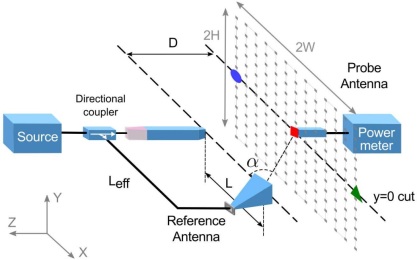
Scheme for accurate broadband antenna characterization by means of amplitude-only information (phaseless). See further details in the paper.



